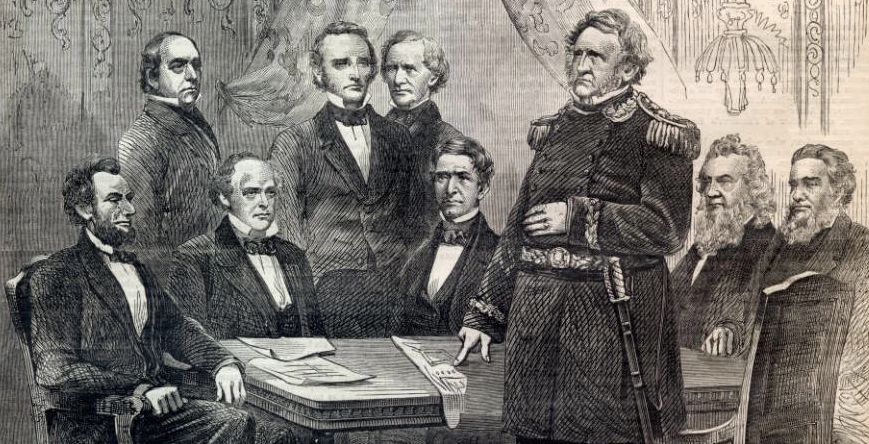Authors:
Historic Era: Era 5: Civil War and Reconstruction (1850-1877)
Historic Theme:
Subject:
Spring 2020 | Volume 65, Issue 2


Authors:
Historic Era: Era 5: Civil War and Reconstruction (1850-1877)
Historic Theme:
Subject:
Spring 2020 | Volume 65, Issue 2
On March 4, 1861, Abraham Lincoln’s first day in office, a letter from Major Robert Anderson, commander of Fort Sumter in Charleston Harbor, landed on the new president’s desk, informing him the garrison would run out of provisions in a month or six weeks.
Lincoln had to make his first, and one of his most important, decisions as commander in chief. Would he keep his inaugural vow to “hold, occupy and possess these, and all other property and places belonging to the government” at the risk of starting a war that might drive the rest of the slave states into the Confederacy? Or would he heed the advice of the Southern Unionists, Northern conservatives, and William Seward, his own secretary of state, and withdraw the troops to preserve the peace?
The pressures on the new president were so intense that he suffered sleepless nights and severe headaches. One morning he keeled over in a faint as he tried to get out of bed. During this time Lincoln also had to cope with swarms of patronage-hunting politicians who infested the White House day and night. Looking back in July on those weeks, Lincoln told Sen. Orville Browning that “of all the trials I have had since I came here, none begin to compare with those I had between the inauguration and the fall of Fort Sumpter [sic]. They were so great that could I have anticipated them, I would not have believed it possible to survive them!”
Lincoln’s trials weren’t eased when he consulted General-in-Chief Winfield Scott about the bombshell letter. “I now see no alternative but a surrender,” wrote the general, because “we cannot send the third of the men in several months, necessary to give them relief. . . . Evacuation seems almost inevitable.” Lincoln was reluctant to accept this counsel. At the first cabinet meeting on March 9, General Scott reportedly said it would require 25,000 troops and six months or more of preparations to reinforce Fort Sumter.

As pressures for and against the evacuation of Fort Sumter continued to mount, Lincoln ordered the reinforcement of Fort Pickens in Pensacola, Florida, so that if he ultimately decided to abandon Sumter, at least one contested symbol of national sovereignty would be maintained. But Sumter was a far more potent symbol; on its fate hinged the issues of Union or disunion, war or peace.
On March 15 Lincoln asked his seven cabinet officers to submit written opinions on the question. Five of them,